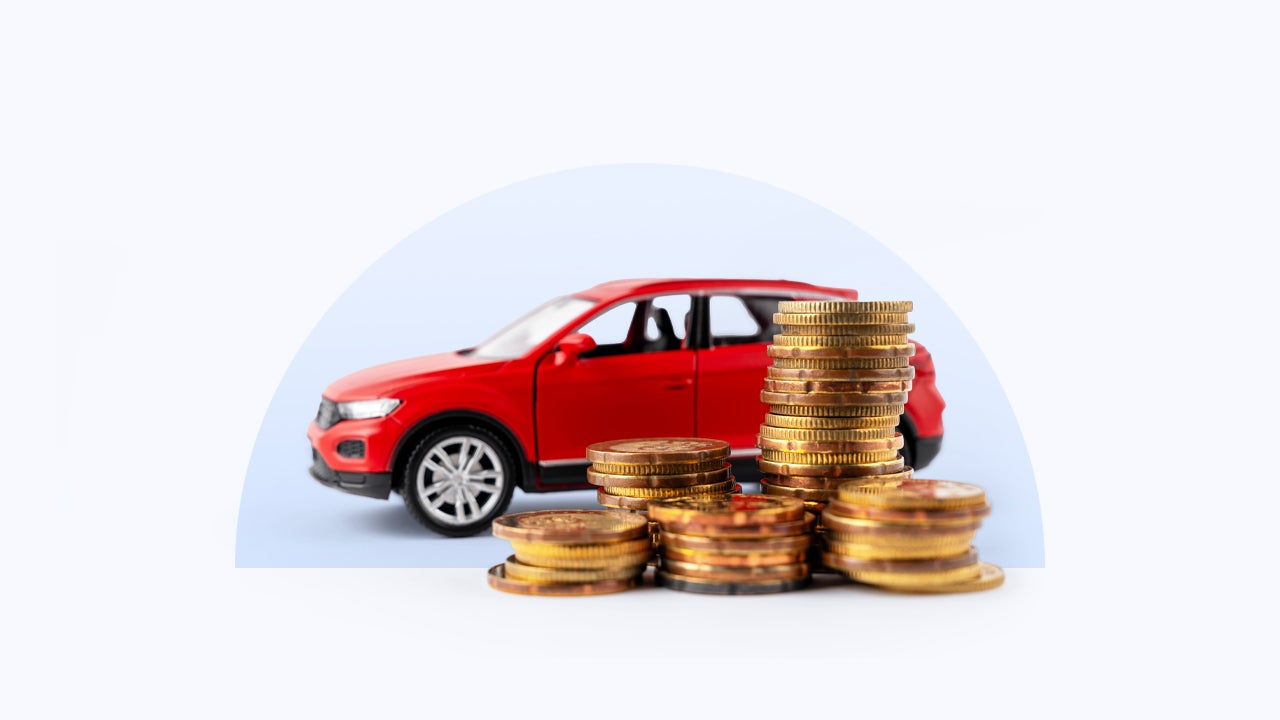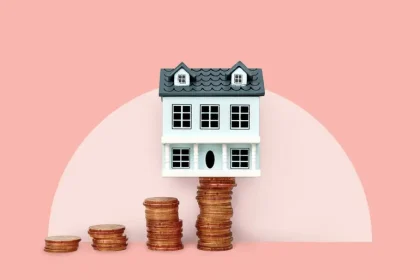Key takeaways
- Access to credit is tightening for all consumers, but particularly for consumers with subprime credit scores of 699 or lower.
-
Both new and used vehicle prices remain high, and approvals for subprime borrowers decreased sharply in April, continuing a trend from 2024. - Pre-tariff inventory is declining, and vehicles manufactured or imported with the Trump administration’s new tariff policies are expected to send prices higher.
- Subprime borrowers may still be able to buy a car by seeking out used vehicles, exploring banks or credit unions and considering private party purchases.
Auto sales from April and the first part of May saw an uptick from February and March, but they are expected to dip as existing vehicle inventory is depleted and new tariffs affect vehicles arriving on car lots. While experts agree tariffs will increase vehicle prices, no one is sure exactly when these increases will happen — largely because the auto market moves slowly. The true financial impact may not be clear for months to come.
At the same time, auto loan delinquencies have been increasing. According to TransUnion, delinquencies in the fourth quarter of 2024 rose to 1.47 percent, exceeding a high set in 2009 during the Great Recession. Lenders are responding by becoming more cautious with who they extend auto loans to. Denials are increasing for those with subprime credit, and interest rates are rising for all borrowers except those with excellent credit.
Unless you need a car in the near future, it may make sense to wait or consider leasing. In the meantime, you can focus on building your credit score to ensure you qualify for what is likely to be a tight market.
Average credit score needed for approval continues to climb
The average credit score required for new auto loan approval has also been increasing. During the fourth quarter of 2024, lenders favored borrowers with good to excellent credit by offering lower interest rates, according to Experian’s State of the Automotive Finance Market. Interest rates for subprime borrowers increased while approvals decreased, leading to a gap in affordable financing.
David Thomas, director of content marketing at CDK Global, says that auto loan access has been “impacted by general credit trends.” He notes that credit access — and credit denials — are at their highest points in a decade.
Cox Automotive data shows this trend is continuing. April data indicates that the share of subprime borrowers decreased by 280 basis points, or 2.8 percent, year-over-year, and qualifying with poor credit may become more difficult if the cost of vehicles rises significantly.
Likelihood of being approved for an auto loan with subprime credit continues to drop
Auto loan approval rates increased by 20 basis points, or 0.2 percent, in May, according to recent data from Cox Automotive. But while approval rates increased overall, they decreased sharply for those with subprime credit.
This aligns with Experian’s data, which showed that the average credit score of borrowers purchasing a new vehicle has increased from 744 in 2020 to 755 in late 2024. The trend is similar for used vehicles, with the average credit score increasing from 681 to 691 over the same period.
| 2020 | 2021 | 2022 | 2023 | 2024 | |
|---|---|---|---|---|---|
| Average credit score for new car loans | 744 | 746 | 750 | 755 | 755 |
| Average credit score for used car loans | 681 | 684 | 687 | 691 | 691 |
| Source: Experian State of the Automotive Market, Q4 2024 |
A number of factors could be making lenders wary of borrowers with weaker credit. Historically high car prices coupled with high interest rates have made affordability an issue for most consumers. An increasing number of those consumers have chosen longer loans to offset high prices, even though longer terms are correlated with higher delinquency rates. Now, with tariffs and inflation looming, many lenders are seeking borrowers that present less risk.
The current auto loan market is challenging for buyers
A recent report from Santander Bank shows that, in the first quarter of 2025, close to half of middle-income Americans delayed purchasing a vehicle in the past year due to cost. That pent-up purchasing power was released in April and the beginning of May, when demand for vehicles increased.
This demand raised the average price of new vehicles to $48,699, a 2.5 percent increase from March, according to a Kelley Blue Book report. This was a significant uptick from the typical 1.1 percent increase expected from April sales, which are often fueled by tax refunds.
Bankrate’s take:
Many experts don’t believe these numbers will last. Vehicle prices are expected to increase in the coming months as pre-tariff automotive stock dwindles and new models arrive on car lots.
Meanwhile, the Manheim Used Vehicle Value Index (MUVVI), which tracks the price dealerships pay for used vehicles, increased by 2.7 percent from March to April. This indicates the price of used vehicles is increasing, which may explain why used vehicle sales dipped. With a shortage of inventory and increasing demand, it seems likely that the price of used vehicles will stay close to the price of new vehicles. To get the most value — and a manufacturer warranty — look into a certified pre-owned (CPO) car.
Consumers can still save by exploring financing options
Despite what may feel like an uphill battle, consumers shopping for a vehicle can still find ways to find car loans for bad credit and buy an affordable car. Pre-tariff 2024 and 2025 vehicles are still on lots for the time being, and buyers can time their purchases around traditional holiday car sales like Memorial Day and Labor Day. And while rates are high for those with less-than-perfect credit, exploring new financing options is a helpful way to find a good deal.
“I would say explore credit unions, look beyond just banks,” advises Sean Tucker, Lead Editor at Kelley Blue Book. Historically, credit unions have been more willing to work with borrowers with subprime credit, and typically, auto loans from credit unions offer some of the lowest interest rates. This is backed up by Cox Automotive’s data, which showed that in April credit was most accessible through credit unions.
Another option is a bad credit auto loan, but consumers should keep in mind that these loans often have high interest rates and more fees than other auto loans. Subprime borrowers can expect an interest rate of around 13 percent for new car loans and a whopping 19 percent for used cars. Those in the deep subprime category fare worse, and some may face an interest rate over 21 percent. For now, average car loan interest rates are likely to remain high, further exacerbating the lack of affordable options in the auto market.
Tucker also advises buying a used car privately. “Private party purchases are always cheaper than what’s on the sales line.” Buying privately doesn’t always require you to have cash for the car, either, since private party auto loans are available from select lenders. Still, lenders set similar eligibility requirements, so it may be difficult for a subprime shopper to qualify for a private party auto loan.
As always, consumers will benefit most from paying down debt, catching up on unpaid bills and focusing on rebuilding credit. This process takes time, so while it may not be the fastest way to get behind the wheel, it is an important step to access credit at a lower interest rate in the future. By building your credit score, you may be able to qualify for more competitive rates in the future, regardless of how the auto industry shifts.
Bottom line
The current auto market isn’t great for buying for a number of reasons, particularly for those with low credit scores or no credit history. Yet there are still options for those in need of auto financing. Credit unions and private party purchases may be the right course for an affordable car payment, but it doesn’t hurt to build credit and wait out the market. The auto industry plans years in advance, so a few bumpy months won’t necessarily lead to a bleak, unaffordable future for vehicle financing.
Read the full article here
















